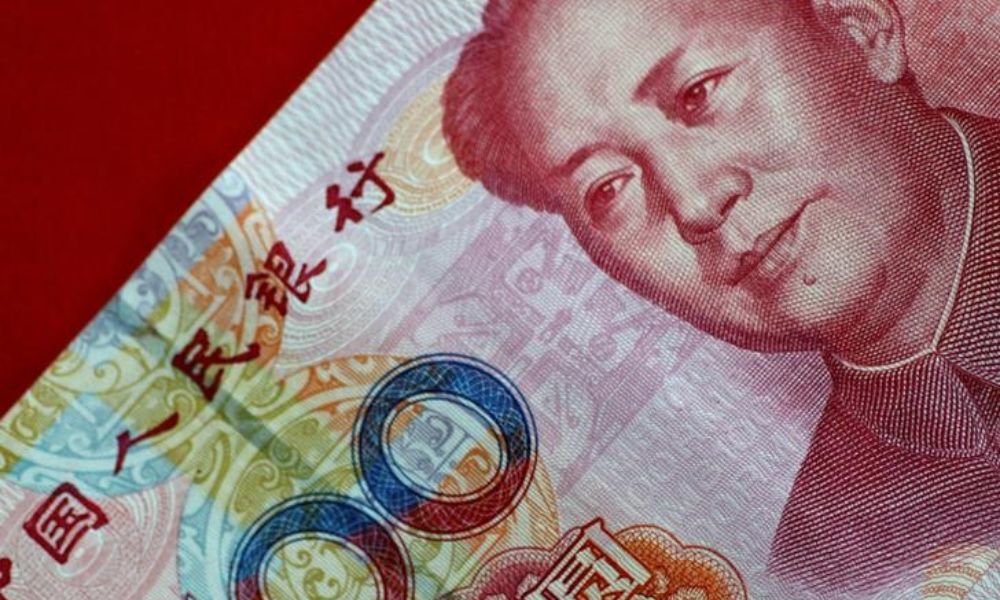
Most Asian currencies fell on Monday tracking weak economic signals from China, while the dollar steadied as markets continued to speculate over the path of U.S. interest rates.
Gross domestic product (GDP) data from China confirmed that a recovery in Asia’s largest economy was running out of steam, a trend that could attract more stimulus measures from Beijing.
But it also pointed to near-term weakness in the Asian economy, which in turn spurred investors to lock-in profits made on recent strength in regional currencies. Trading volumes were also somewhat muted on account of a Japanese market holiday.
The dollar index and dollar index futures steadied in Asian trade after steep losses last week, moving back towards the 100 level.
Data released on Friday showed U.S. consumer sentiment remained resilient through June, pushing up concerns that the trend could keep inflation sticky and the Federal Reserve hawkish.
But substantially softer-than-expected U.S. inflation readings saw markets question just how much further the Fed could keep raising interest rates.
Chinese yuan slips on underwhelming GDP
The Chinese yuan was among the worst performers for the day, down 0.4% after data showed that Chinese economic growth slowed through the second quarter.
GDP grew just 0.8% in the second quarter from the first, and missed expectations for growth from the same period last year.
The readings showed that China was struggling to maintain the strong economic momentum seen in the first quarter, and that the government will likely roll out more stimulus measures to support growth in the coming months. This is likely to weigh on the yuan.
But the People’s Bank of China kept medium-term lending rates steady on Monday, likely heralding a similar move for the benchmark loan prime rate (LPR) later this week. The bank had trimmed the LPR in June to stimulate growth.
Concerns over China spilled over into other currencies, with the Australian dollar, which has heavy trade exposure to China, falling 0.4%. The Taiwan dollar sank 0.6%, while the Malaysian ringgit led losses across Southeast Asia with a 0.6% decline.
The Japanese yen was flat in offshore trade.
Fed, rate hikes remain in focus
Most Asian currencies were sitting on strong gains from the prior week, while the dollar was close to 15-month lows after U.S. inflation read weaker-than-expected for June.
The reading spurred bets that the Fed was close to reaching peak interest rates, and that its widely expected hike in late-July will be the central bank’s last for the year.
But even if the Fed pauses after July, gains in Asian currencies are expected to remain limited, given that U.S. rates are expected to remain higher for longer.
Source: Investing.com